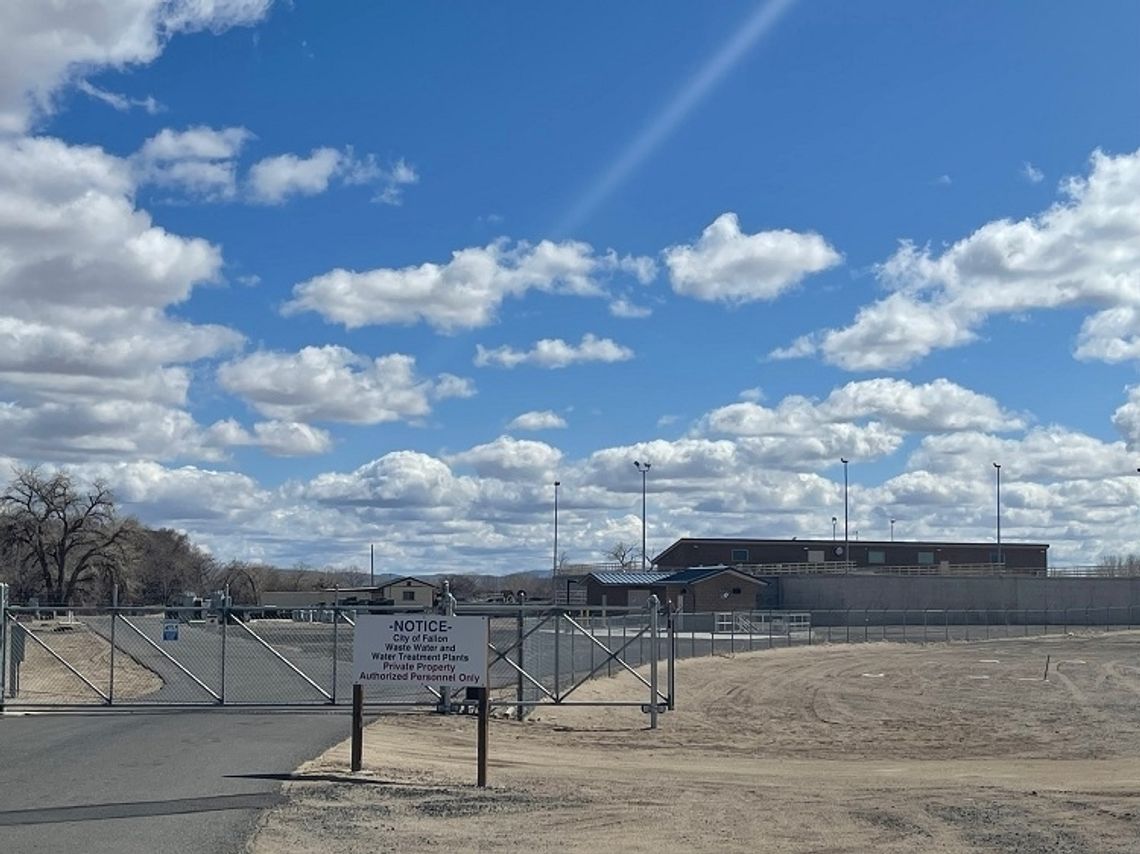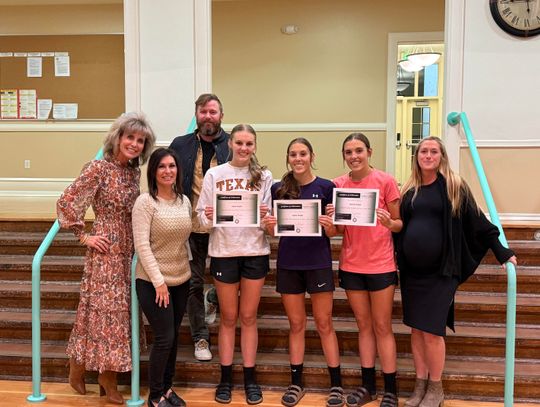The Fallon City Council approved a contract with Lumos and Associates at the Council Meeting Tuesday to begin the design and construction administration of the A Street Reconstruction project. Now that the city has completed the Front/Maine Street project, Mayor Ken Tedford has said the five-year maintenance plan to address the repair and maintenance on all surface streets in the city can be the focus.
“We have saved all our road money for the past several years to do the South Maine project,” said Tedford in a Council meeting last spring. He said with the public safety requirements for cities, and the changes made at the legislature affecting how cities use their enterprise funds, there just isn’t money in the general fund anymore to do roads. All the road repair and maintenance funding comes out of the fuel tax revenues. “The more gas you pump here, the more street work that gets done, all that fuel tax money stays here,” he said.
The A Street Project, from Venturacci Lane to North Maine Street, was originally scheduled for slurry and chip seal maintenance, said Brian Byrd, Director of Public Works, but it became apparent the street needed a full reconstruction. Councilwoman Kelly Frost agreed that the street repair is necessary. “I do get calls about this one,” she said.
The contract with Lumos is $135,200 and allows for design, planning, engineering, and construction services. A contract for the construction work will the next step.
In addition to the good news about street repairs, the council also addressed the very necessary, if not appealing, issue of improvements to the Wastewater Treatment Plant. Byrd reported that his staff has been working to find solutions for the treatment and disposal of the biosolids that are generated from the sewage treatment process. The existing plant was originally designed to separate biosolids from a digester and discharge them into three separate lagoons on the east side of the plant. The increasing quantity of the biosolids is causing an impact to the lagoons and has become unmanageable as the capacity of the lagoons in no longer available.
According to Byrd, the Nevada Department of Environmental Protection is enforcing a more rigorous standard for lagoon maintenance and the ability for the city to clean the lagoons has become cost prohibitive. NDEP is now requiring a mitigation plan to address the biosolids that are stored in the lagoons.
The Dewatering Press Project will separate the solids from the digested sludge through a dewatering process that will result in a “cake” of dry solids that can then be disposed of in the landfill, eliminating the need for the lagoons. Byrd said the dry solids are much easier to handle and eliminate.
Council approved the contract with J-U-B Engineers, Inc. for the design and construction of the Dewatering Press in the amount of $812,600.
At least one of the lagoons will be kept as a measure to deal with any unforeseen catastrophic events, but the lagoons will not be used after the Dewatering Press is brought online.
“Sewer stuff is not terribly exciting,” said Mayor Ken Tedford. “People really don’t get that excited about this unless it’s not working, but this project will be of great value to us to eliminate the storage of sludge in those lagoons. You don’t like to have to spend this amount of money, but this is a really important project for us.”









Comment
Comments